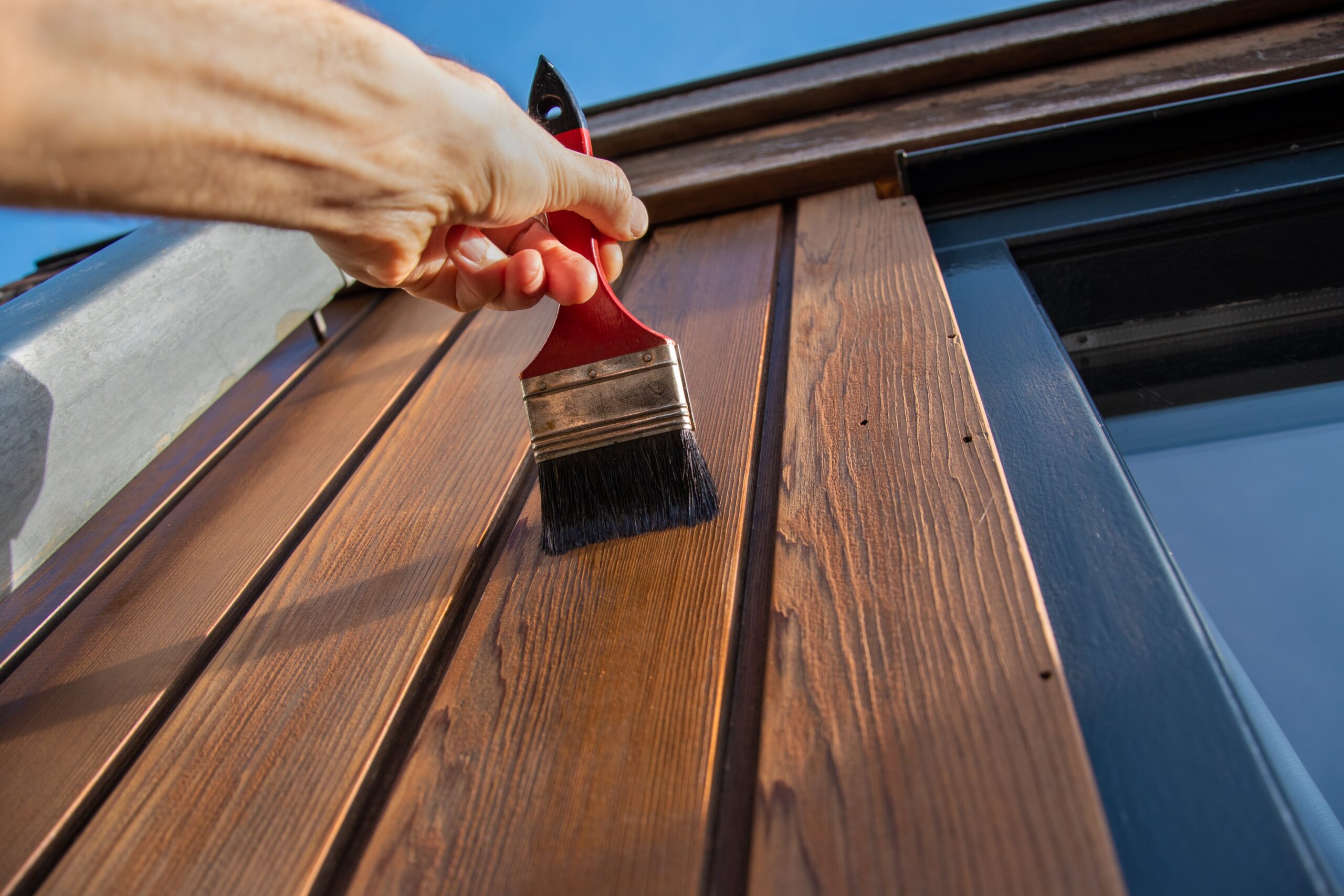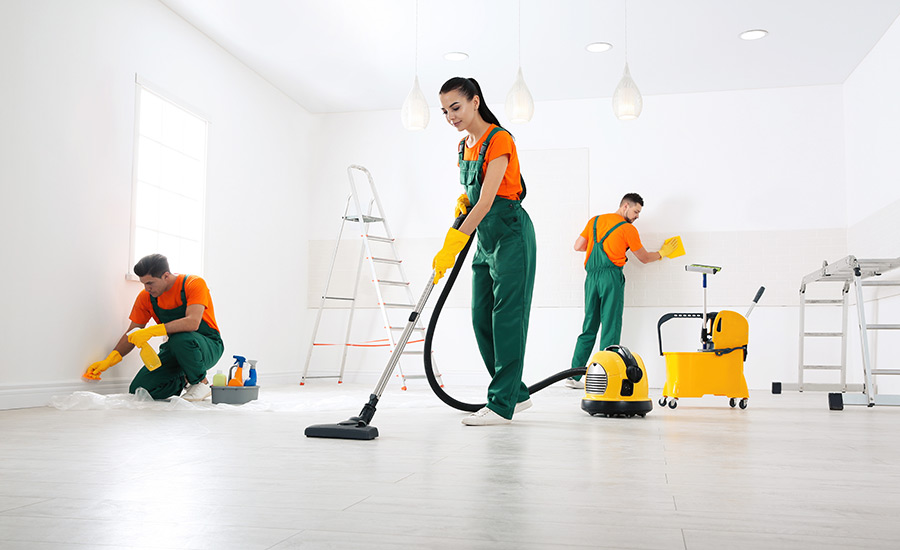Understanding the Importance of Roof Waterproofing
Your home is not just a structure; it’s your sanctuary, protecting you and your loved ones from the elements. At the heart of this sanctuary lies the roof, a vital component that shields you from rain, wind, and other environmental challenges. However, despite its importance, roofs are vulnerable to water damage, which can compromise their structural integrity and lead to costly repairs if left unchecked.
Water infiltration is a common issue faced by homeowners, regardless of their roof’s material or design. From flat roofs to sloped ones, no roof is entirely immune to water damage. Rainwater, if not properly managed, can seep through even the sturdiest of structures, causing dampness, mould growth, and even structural compromises over time.
Exploring Core Principles of Roof Waterproofing
To safeguard your home against water damage, it’s essential to understand the core principles of roof waterproofing. Two primary techniques dominate the industry: torch-on waterproofing and waterproofing membrane systems. Torch-on waterproofing is renowned for its longevity and effectiveness in sealing roofs against water infiltration. It involves heating a bituminous membrane with a torch and applying it to the roof surface, creating a seamless barrier that prevents water from penetrating the structure.
On the other hand, waterproofing membrane systems offer versatility, with options like sheet and liquid membranes catering to various roof structures. Sheet membranes, made from materials like bitumen, PVC, or EPDM, are easy to install and provide excellent protection against water infiltration, making them ideal for flat roofs and larger surface areas. Liquid membranes, on the other hand, offer a more flexible solution, allowing for easy application on irregular surfaces and hard-to-reach areas where sheet membranes may not be suitable.
Tailoring Solutions to Your Roof Type
Different roof types require tailored waterproofing solutions to address their unique challenges. For example, flat roofs are more prone to water pooling, which can accelerate deterioration if not properly managed. Waterproofing solutions for flat roofs often involve creating a slight slope to facilitate water runoff and prevent pooling, along with applying a robust waterproofing membrane to seal the surface effectively.
In contrast, sloped roofs present their own set of challenges, such as water runoff and potential leaks around roof penetrations like chimneys and skylights. Waterproofing solutions for sloped roofs may involve installing flashing and sealants around these penetrations to prevent water infiltration, along with applying a waterproofing membrane to the entire roof surface for added protection.
Choosing Between Sheet and Liquid Membrane Systems
When it comes to choosing between sheet and liquid membrane systems for roof waterproofing, several factors come into play. Sheet membranes are often preferred for their ease of installation and durability, making them suitable for larger surface areas like flat roofs. They provide excellent protection against water infiltration and can withstand the harsh outdoor elements for extended periods.
On the other hand, liquid membrane systems offer a more flexible solution, allowing for easy application on irregular surfaces and hard-to-reach areas. Liquid membranes are typically applied in multiple coats to ensure proper coverage and adhesion to the roof substrate. They can also be used to seal cracks and gaps in the roof surface, providing an additional layer of protection against water infiltration.
The Role of Professional Waterproofing Specialists
While some homeowners may attempt to tackle roof waterproofing as a DIY project, enlisting the services of a professional waterproofing specialist is often the best course of action. Waterproofing specialists bring years of experience and expertise to the table, ensuring that your roof receives the highest level of protection against water damage.
Companies like Proof-Tech Waterproofing & Maintenance Pte Ltd, with over two decades of experience in the industry, are equipped with the knowledge and tools to assess your roof’s condition and recommend the most suitable waterproofing solution. From identifying potential leakage points to implementing effective waterproofing measures, professional waterproofing specialists play a crucial role in safeguarding your home against water damage.
Benefits of Roof Waterproofing: Beyond Protection
The benefits of roof waterproofing extend far beyond protection against water damage. By investing in roof waterproofing, homeowners can preserve their property’s structural integrity and enhance its longevity. A well-maintained roof not only protects your home from water infiltration but also adds to its aesthetic appeal and market value.
Moreover, roof waterproofing helps ensure long-term comfort and cost savings for homeowners. By preventing water infiltration and mould growth, waterproofing creates a healthier indoor environment, reducing the risk of respiratory issues and other health problems associated with dampness and mould. Additionally, by addressing potential water damage early on, homeowners can avoid costly repairs and prolong the lifespan of their roofs, saving both time and money in the long run.
Dispelling Myths and Encouraging Proactive Measures
Despite the numerous benefits of roof waterproofing, some homeowners may hesitate to invest in this essential maintenance task due to misconceptions about its cost and effectiveness. However, it’s essential to dispel these myths and recognise roof waterproofing as a valuable investment in your home’s longevity and structural integrity.
Contrary to popular belief, roof waterproofing is not merely an expense but rather a proactive measure that can save homeowners money in the long run. By addressing potential water damage early on, homeowners can avoid costly repairs and prolong the lifespan of their roofs, ultimately saving both time and money.
Moreover, proactive measures such as regular roof inspections and maintenance can help identify and address potential issues before they escalate into costly problems. By staying vigilant and proactive, homeowners can ensure that their roofs remain in optimal condition and continue to protect their homes for years to come.





